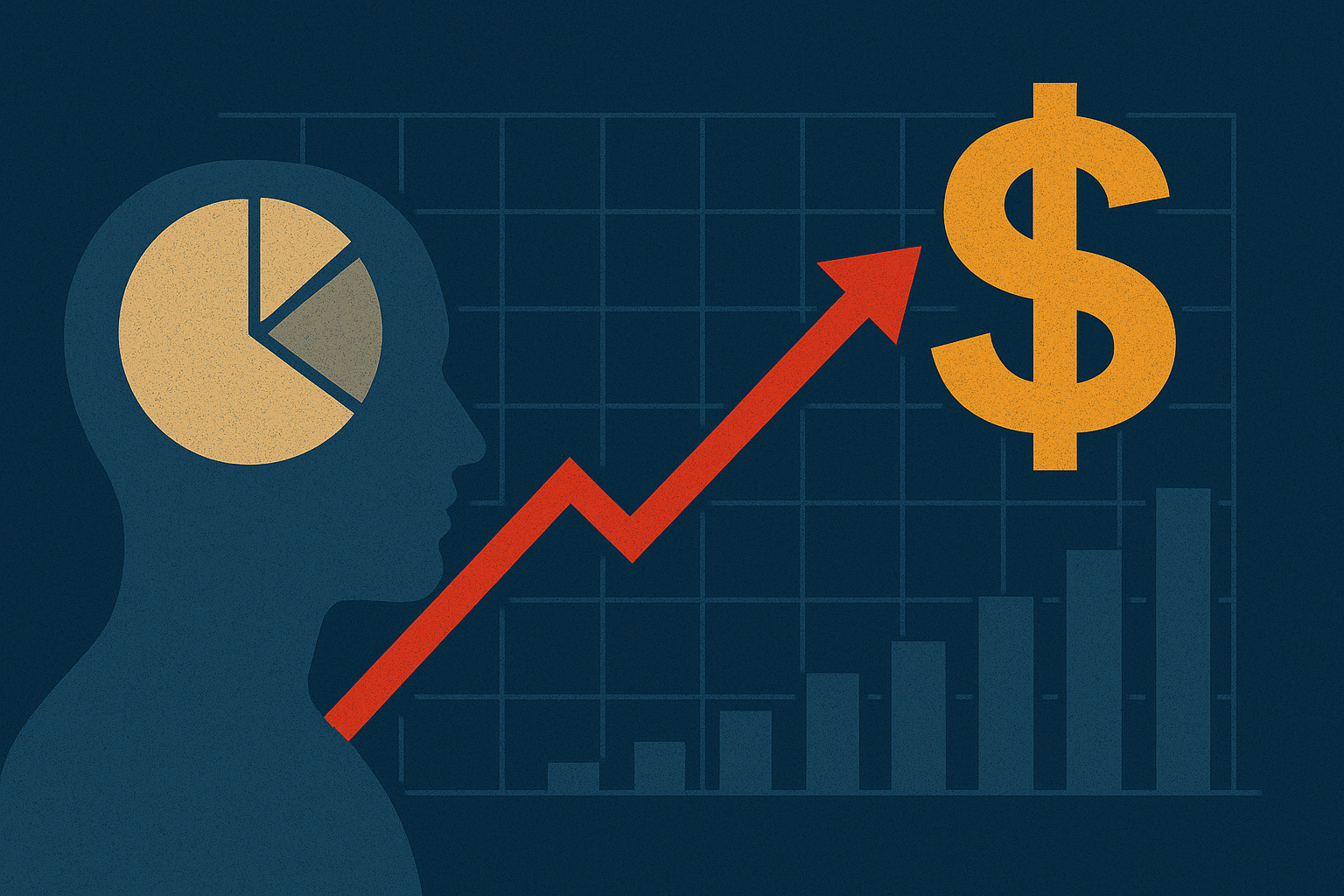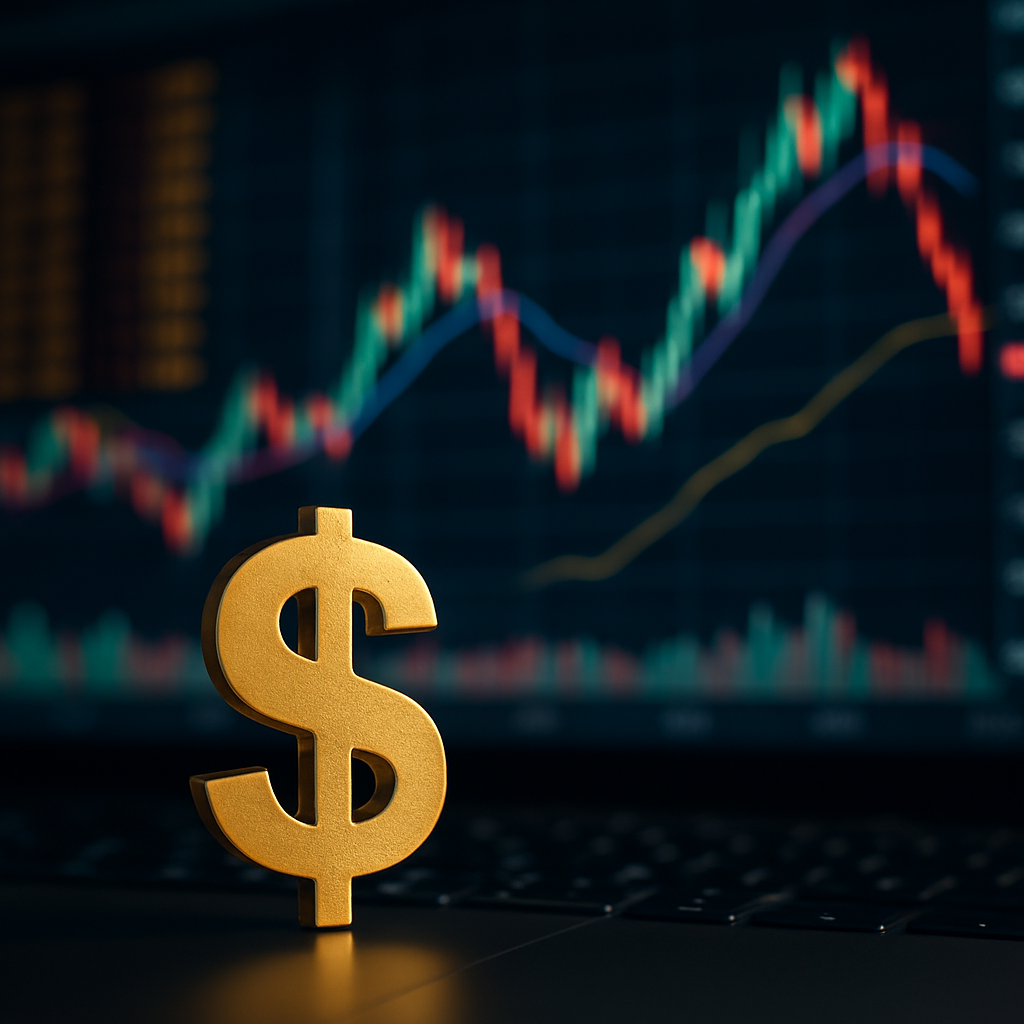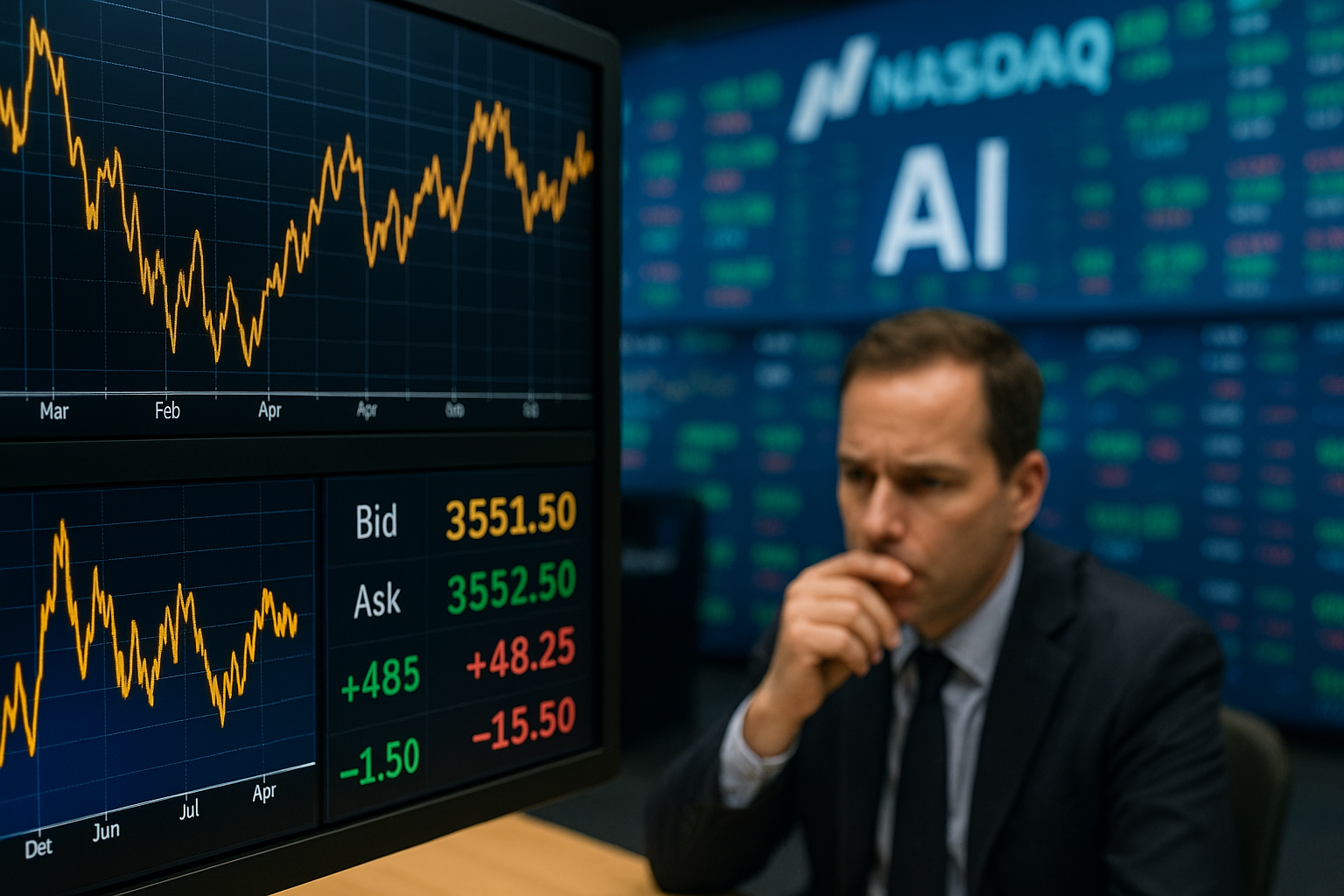For months, bullish momentum and resilient economic data have fueled one of the strongest rallies in U.S. equities since the pandemic rebound. Yet behind the scenes, leverage is building at a rate that’s raising eyebrows among seasoned investors. According to Barron’s, margin debt — money borrowed by investors to buy stocks — has surged roughly 32% over the past five months, reaching around US$1.3 trillion by the end of September. It’s one of the fastest increases on record outside the COVID-era bubble.
Rising Leverage Signals Market Euphoria
Historically, spikes in margin debt have often coincided with phases of market exuberance — a point where optimism starts to outpace fundamentals. Data from the Financial Industry Regulatory Authority (FINRA) shows that when investors borrow aggressively to buy equities, it can signal confidence but also complacency.
During similar run-ups — including 2000, 2007, and late 2021 — rising margin balances often preceded significant market corrections. While today’s rally has been powered by strong tech earnings, cooling inflation, and renewed AI optimism, the magnitude of leverage expansion suggests that risk appetite may be exceeding sustainable levels.
In a market where valuations are already stretched, the growing reliance on borrowed money can amplify both gains and losses. If volatility spikes or earnings disappoint, forced liquidations could intensify downside pressure.
Why This Matters for Investors
Margin debt acts as a powerful accelerator in bull markets — and a destabilizing force in downturns. When asset prices rise, investors can borrow more, pushing valuations even higher. But when markets fall, margin calls force rapid selling, often exacerbating declines.
Analysts at Morgan Stanley have cautioned that current leverage levels mirror patterns seen during late-cycle expansions. “When credit expands faster than underlying economic activity, markets tend to overshoot,” noted one strategist. “The correction phase can be sharp once liquidity tightens.”
With the Federal Reserve maintaining a higher-for-longer stance on rates and liquidity conditions still constrained, a leverage-driven pullback could emerge faster than investors expect.
Future Trends to Watch
Several signals warrant close monitoring:
- Liquidity Conditions: If borrowing costs rise further or credit tightens, leveraged investors may be forced to unwind positions.
- Earnings Season Sensitivity: Any misses in upcoming earnings could trigger volatility across margin-heavy sectors like tech and small caps.
- Volatility Index (VIX) Levels: A sudden spike could lead to cascading sell orders as brokers tighten margin requirements.
Conversely, if macro data continues to show resilience and AI-driven productivity gains materialize, markets may continue to defy gravity in the short term.
Key Investment Insight
For investors, the takeaway is clear: the leverage-fueled rally introduces asymmetric risk — limited upside with potential for steep drawdowns. Consider reducing speculative exposure, trimming margin positions, or hedging with defensive assets such as utilities, healthcare, or gold. Maintaining liquidity will also allow flexibility to capitalize on potential pullbacks.
A disciplined approach — balancing participation with prudence — may be the best hedge against euphoria-driven volatility.
Stay informed with MoneyNews.Today for daily insights on market trends, risk dynamics, and investment opportunities across global sectors.





